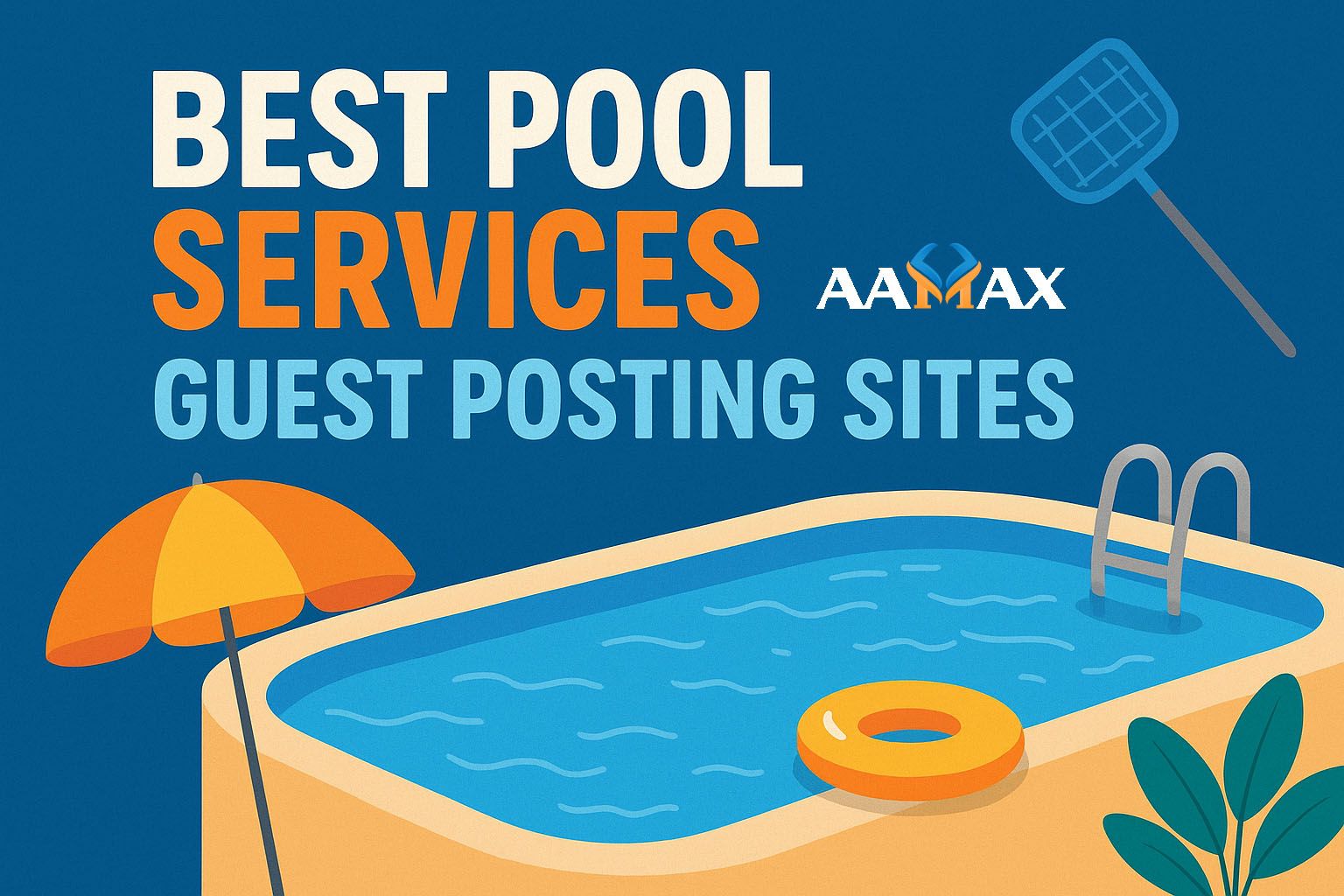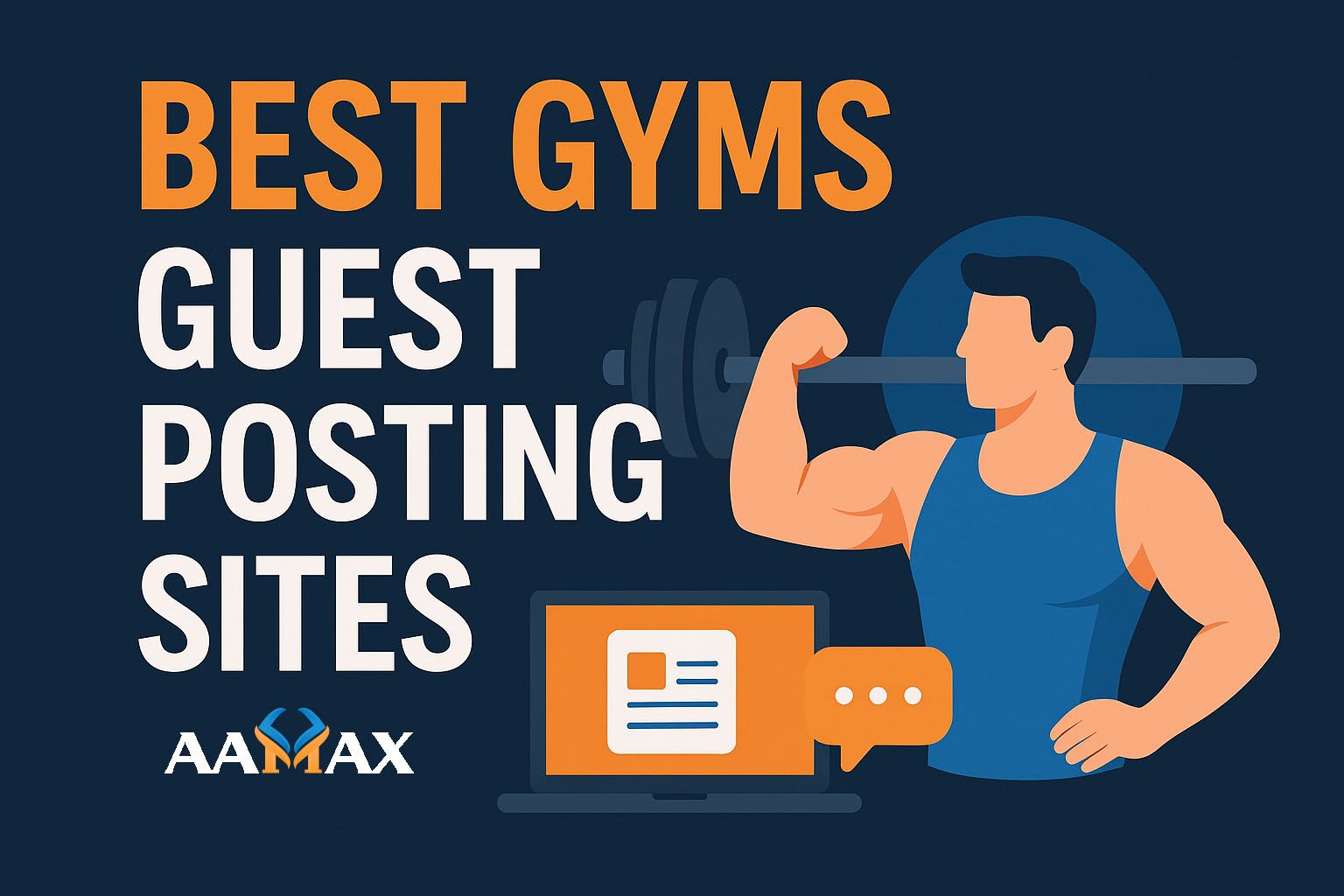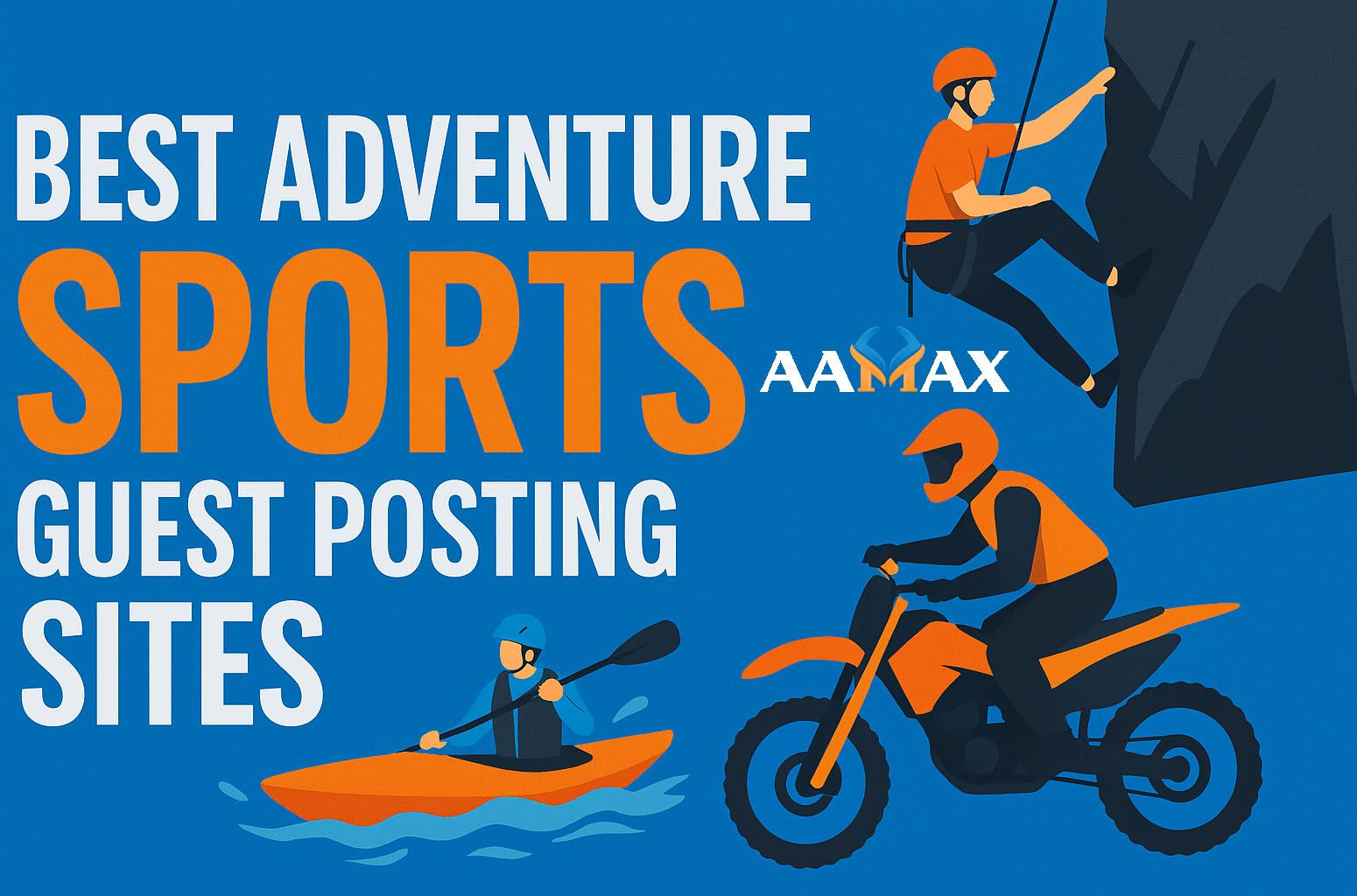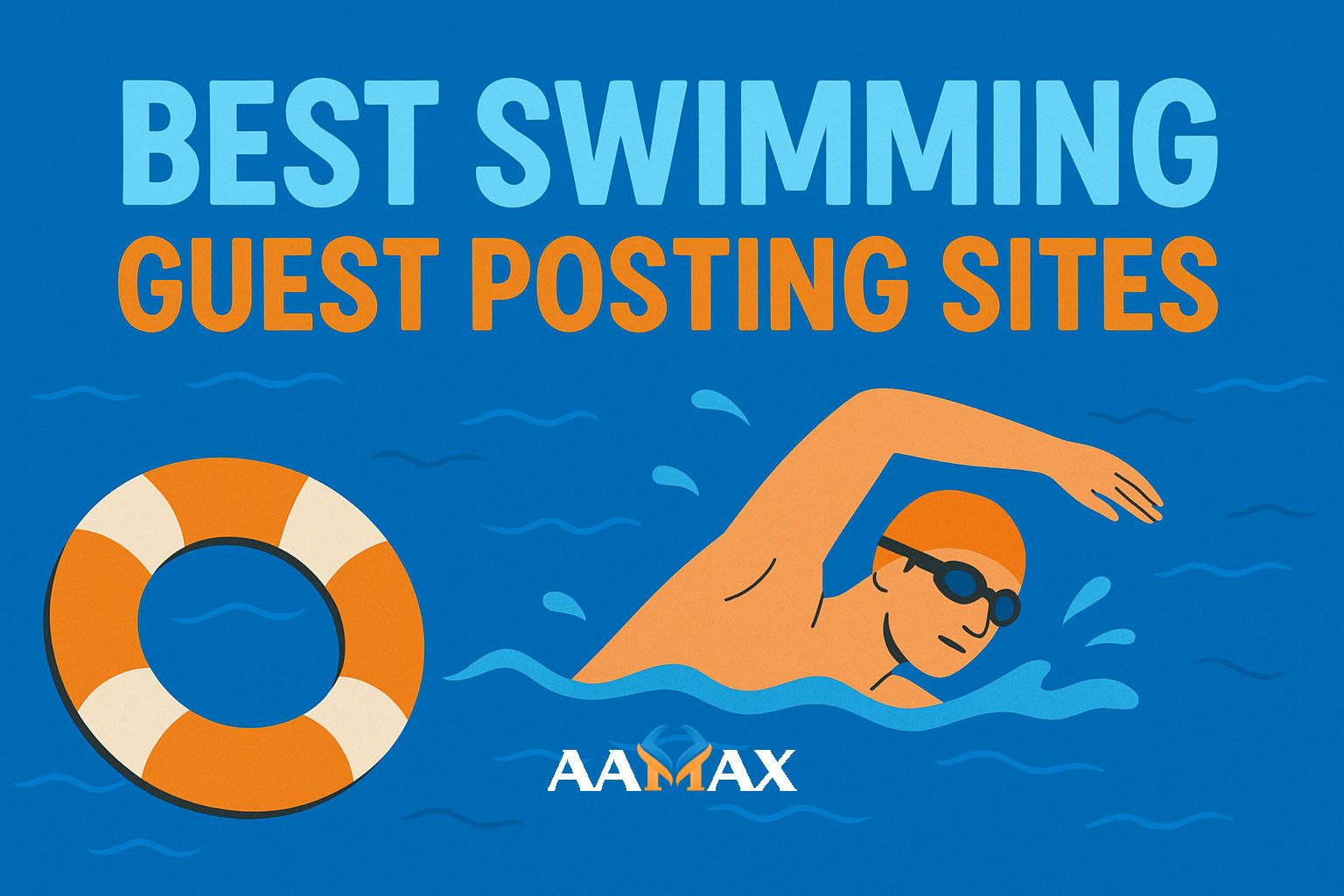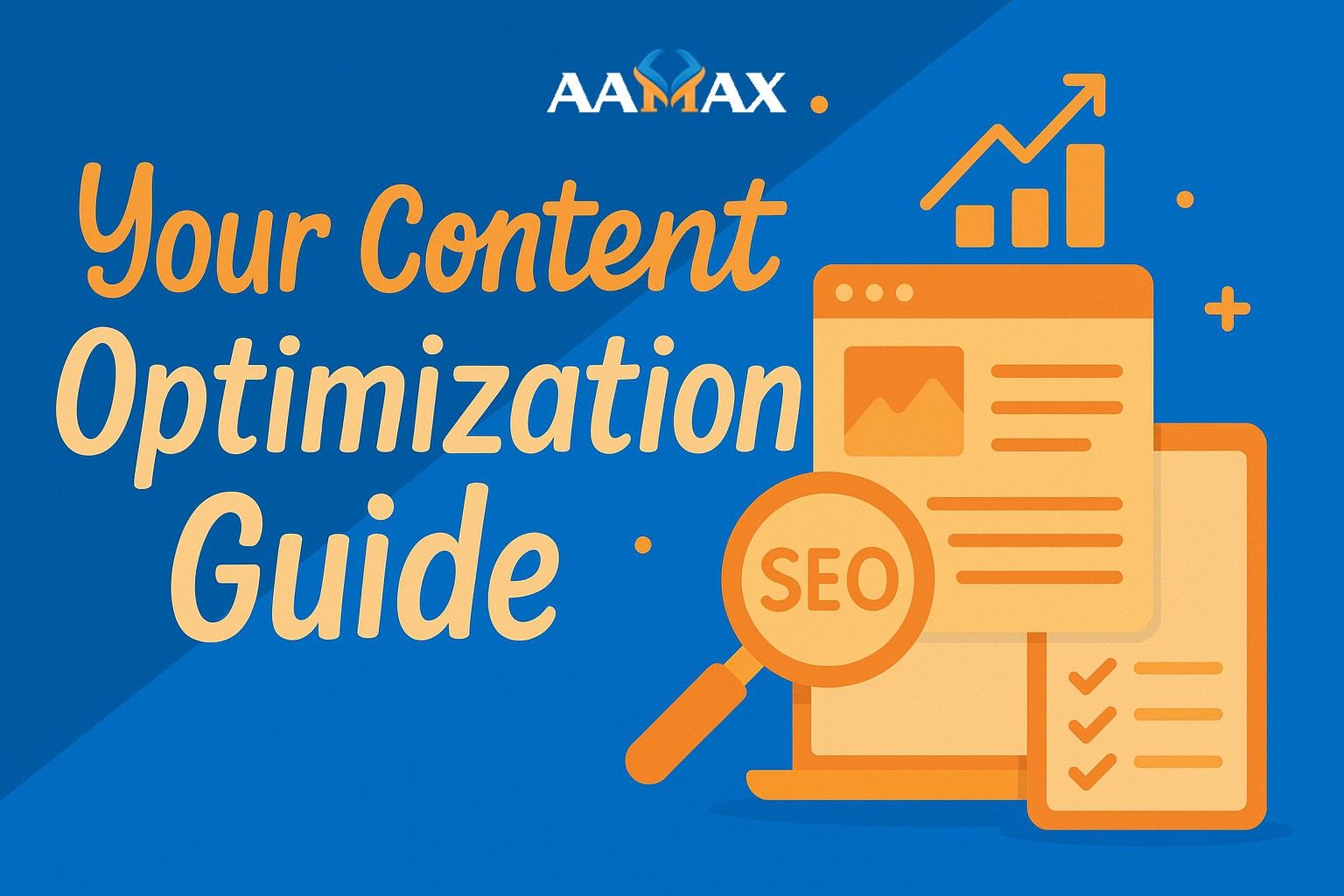
Your Content Optimization Guide
In a digital world overflowing with content, simply publishing blog posts, videos, or product pages isn’t enough. To cut through the noise and reach your target audience, content optimization is a non-negotiable part of your digital marketing strategy.
This guide walks you through everything you need to know about optimizing your content for search engine optimization—from keyword usage to formatting, speed, and structure. Whether you're writing a blog post, optimizing landing pages, or improving eCommerce descriptions, this is your ultimate playbook for content success.
What is Content Optimization?
Content optimization is the process of enhancing your digital marketing services so that it reaches the largest possible audience and achieves your intended goals—whether that’s improving search visibility, increasing engagement, or driving conversions.
Effective content optimization ensures that:
- Search engines can crawl and index your content properly
- Your content ranks for relevant keywords
- Users find your content helpful and engaging
- Your content structure aligns with search intent
- You encourage readers to take action (conversions)
It’s the intersection of SEO, UX design, and content marketing strategy.
Why Content Optimization Matters
Even the best-written content can get buried in search results without optimization. Here’s why optimization matters:
-
Increases organic traffic
Optimized content ranks higher on Google and other search engines, leading to more clicks. -
Improves dwell time
When users find your content helpful and easy to navigate, they stay longer, reducing bounce rates. -
Enhances brand authority
Consistently optimized content positions your business as a reliable, professional source. -
Boosts lead generation
With strategically placed CTAs and user-focused content, you turn passive visitors into leads or customers.
Let’s dive into the key components of content optimization.
1. Start with Keyword Research
Keyword research is the cornerstone of optimized content. You need to understand what your target audience is searching for and align your content accordingly.
Tools for Keyword Research:
- Google Keyword Planner
- Ubersuggest
- Ahrefs
- SEMrush
- AnswerThePublic
What to Look For:
- Search volume – Indicates demand
- Keyword difficulty – Tells you how competitive it is
- Search intent – Understand whether the query is informational, transactional, or navigational
- Long-tail keywords – Less competitive and more specific phrases
Once you’ve gathered your keywords, build your content around them naturally—without keyword stuffing.
2. Optimize Title Tags and Meta Descriptions
The title tag and meta description are the first things users see in search results. These influence whether someone clicks your link or scrolls past.
Best Practices:
- Include the target keyword near the beginning of the title
- Keep title tags under 60 characters
- Write compelling meta descriptions (under 160 characters)
- Use action-oriented language that entices clicks
Example:
Title: Ultimate Guide to Content Optimization for SEO
Meta Description: Learn how to optimize your content for search engines, improve rankings, and drive more traffic with this step-by-step content optimization guide.
3. Structure Content with Headings and Subheadings
Headings (H1, H2, H3, etc.) help organize your content and make it easier for users and search engines to understand the topic hierarchy.
Optimization Tips:
- Use only one H1 tag per page (usually the title)
- Use H2 for main sections and H3 for sub-points
- Include keywords in subheadings where appropriate
- Break content into digestible chunks
Search engines reward clear, well-structured content with better crawlability and user experience.
4. Focus on Content Readability
Google favors content that’s easy to read and understand. Readability affects engagement, bounce rates, and even rankings.
How to Improve Readability:
- Use short paragraphs (2-4 lines max)
- Avoid jargon and complex words
- Use bulleted or numbered lists
- Write in an active voice
- Use tools like Hemingway Editor or Grammarly
Also, speak to your audience in a tone they relate to. For B2B, this might be formal and data-driven; for DTC, it could be conversational and fun.
5. Optimize for Mobile and Speed
Most users access content from mobile devices, and slow-loading content can cost you rankings and revenue.
Optimization Checklist:
- Use responsive design
- Compress images without losing quality
- Use lazy loading for media
- Minimize CSS, JS, and use a fast web host
- Use Google’s PageSpeed Insights and Lighthouse
Google's algorithm includes mobile-friendliness and page speed as ranking factors, so don’t skip these technical optimizations.
6. Internal Linking and Content Siloing
Internal links help search engines understand the structure of your site and pass authority to other pages. They also keep users engaged longer.
Best Practices:
- Link related blog posts and pillar pages
- Use keyword-rich anchor text
- Avoid using the same anchor text for multiple destinations
- Don’t overdo it—keep links contextual and natural
Use a content silo approach where related content is grouped into topic clusters to boost relevance and improve crawlability.
7. Optimize Images and Visual Media
Visuals enrich content but can also affect performance if not optimized.
Optimization Tips:
- Use descriptive file names (e.g., content-optimization-guide.jpg)
- Add alt text for accessibility and SEO
- Compress images (using TinyPNG, ImageOptim)
- Use the WebP format when possible
- Add captions for context
Also, use charts, infographics, videos, and custom graphics to explain complex ideas visually. These often lead to higher user engagement.
8. Include Strategic Calls-to-Action (CTAs)
Optimized content should guide users to take the next step—whether that’s subscribing, buying, or downloading something.
CTA Ideas:
- “Download our free checklist”
- “Schedule a free consultation”
- “Explore related articles”
- “Get a quote”
Place CTAs in logical places like after a section, in a sidebar, or as a sticky element. A/B test different CTAs to find what converts best.
9. Update and Repurpose Old Content
Don’t let your existing content gather digital dust. Older pages that once ranked well may lose visibility if not updated regularly.
Tips:
- Update stats, dates, and outdated info
- Add new sections or visuals
- Refresh metadata
- Re-optimize for newer, trending keywords
Also consider repurposing content into different formats—turn blogs into videos, eBooks, infographics, or social media carousels.
10. Monitor Performance and Adjust
Optimization isn’t a “set it and forget it” task. Use analytics and SEO tools to monitor how your content performs and identify opportunities for improvement.
Tools to Use:
- Google Analytics – Track bounce rate, session time, conversions
- Google Search Console – Monitor impressions, clicks, keyword rankings
- SEMrush / Ahrefs / Ubersuggest – Spot keyword trends and performance gaps
- Hotjar / Microsoft Clarity – Heatmaps and scroll tracking
Based on data, refine headlines, adjust CTAs, and experiment with new formats or keywords.
Common Content Optimization Mistakes to Avoid
Even experienced marketers sometimes get it wrong. Here are pitfalls to steer clear of:
- Keyword stuffing
- Duplicate content
- Overusing exact match anchor text
- Neglecting mobile optimization
- Ignoring page speed
- Not updating old content
- Thin content that lacks depth
Focus on quality over quantity. A single well-optimized, valuable page will always outperform five poorly written, keyword-stuffed ones.
Hire a Content Optimization Expert
If all this sounds overwhelming, you’re not alone. Content optimization requires a blend of writing skills, SEO knowledge, UX strategy, and technical know-how. That’s why many brands choose to work with a full-service agency.
Need help optimizing your content to drive traffic, improve rankings, and convert more visitors? Hire AAMAX—a results-driven digital marketing agency offering Web Development, SEO, and full-scale Digital Marketing Services. Their expert team ensures your content isn’t just written—it performs.
Final Thoughts
In an era of constant digital noise, content optimization is your superpower. By optimizing for search engines and users alike, you increase the likelihood of your message being seen, read, and acted upon.
Here’s a quick recap of what we covered:
- Research the right keywords and search intent
- Optimize metadata, headings, and images
- Make your content readable, mobile-friendly, and engaging
- Use internal links, CTAs, and regularly update content
- Monitor performance and adapt your strategy
Whether you're new to content marketing or a seasoned SEO strategist, applying these principles will elevate your content from average to exceptional. Start optimizing today—and start seeing results.



